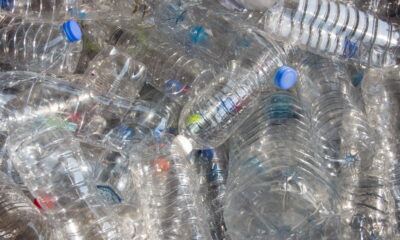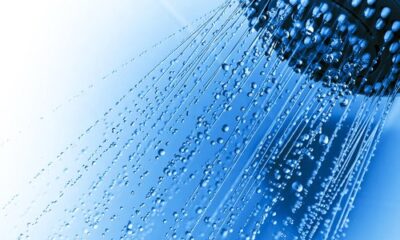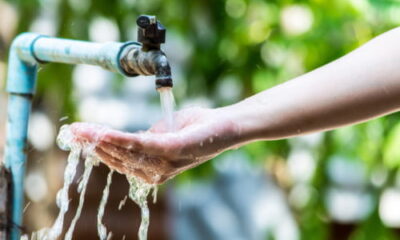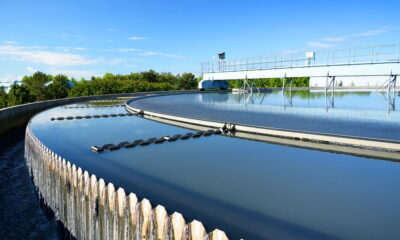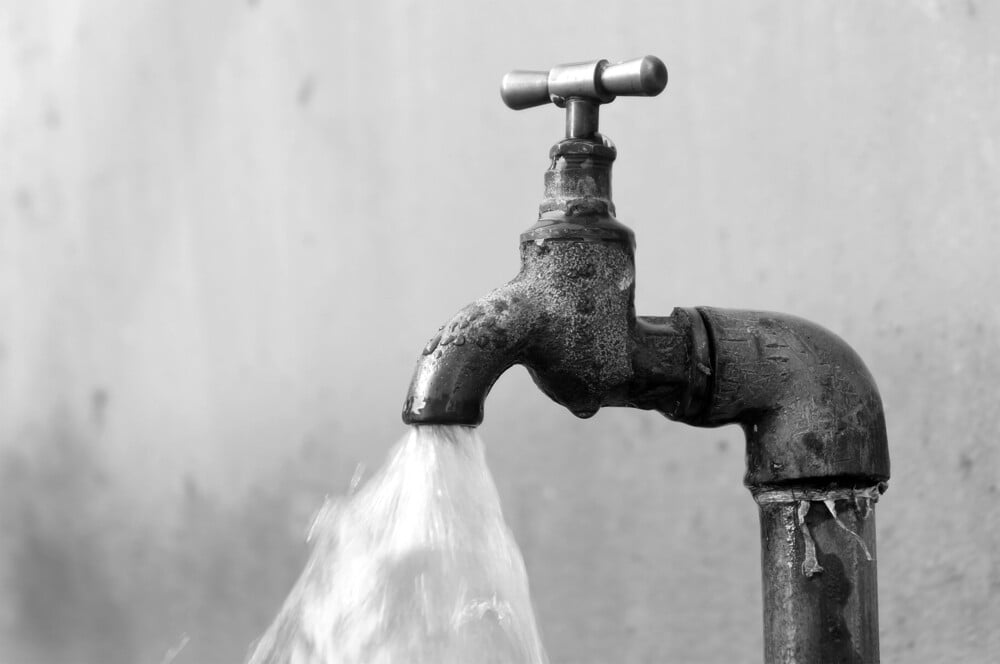
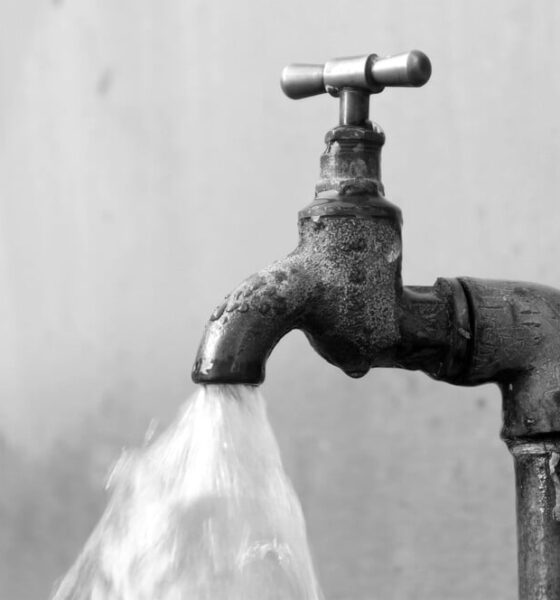
Editors Choice
Here’s How Lead Pipes Contaminate Our Drinking Water
Standard testing has shown excessive levels of lead contamination in water flowing through the taps in millions of American households. The main reason for this is the lead pipes used in the plumbing system, mostly in homes built before 1986. These pipes are also typically connected to the water main via lead service pipes that bring the water to your home.
However, lead is a harmful metal that is dangerous for humans to ingest. According to the Environmental Protection Agency (EPA), lead can accumulate over time, even in small doses, and cause adverse long-term effects on health. To curb this problem, non-corrosive pipes made from other materials, such as PVC, are now used for plumbing. But there are still many homes that have the old lead pipe system and are continuously exposed to contaminated tap water.
To reduce lead contamination and make the drinking water safer for use, homeowners can opt to install a water filtration system of their choice like this website.
How Does Lead Get Into Our Drinking Water?
Lead enters our drinking water mainly due to corrosion of the material used to make the pipe, welding solder, faucets, and fixtures. The risk of corrosion is higher in cases where the acidity level of the water is high or the mineral content is low. Corrosion happens from a chemical reaction when pipe water comes into contact with the plumbing materials. There are also several factors that influence how much lead enters the water. These factors include:
- the age of the pipes
- the water temperature
- the amount and types of minerals the water contains
- the level of acidity and alkalinity of the water
- how much lead the water is exposed to
- the length of time the water stays in the pipes
- whether protective scales or coatings are present inside the plumbing materials
Dangers of Lead in Drinking Water
Lead in drinking water poses health risks to families who drink tap water or use it for cooking. Further, infants, young children, and pregnant women are especially vulnerable to the dangers of lead exposure. The government and the EPA put measures in place to reduce the levels of lead in tap water. However, this toxic metal is still found in homes with and without lead service lines and pipes. For example, galvanized iron pipes soldered with lead pose similar risks of contamination as lead pipes. These risks include:
- Reduced IQ
- Attention disorders
- Physical development delays
- Behavioral problems
- Impaired brain development
- Increased risk of high blood pressure and kidney problems
How to Remove Lead from Your Drinking Water
It is common for homeowners to look for ways to purify their tap water because of the various risks posed by lead and other contaminants. If you’re one of them, there are different things you can try to make the water safer for drinking and other household use. Here are some suggestions:
- Use cold water and flush the taps
Homeowners should never use hot tap water to make drinks or mix cereal or baby formula. Warm or hot water plays a role in corrosion within the pipes and fittings. Instead, draw cold water after flushing the tap for a minute or two and then heat the water if necessary. Note that lead accumulates in the water the longer the water sits in the pipes. As such, flushing helps to minimize the amount of lead filtering into the water. If you’re worried about wasting too much water with flushing, you can wash the dishes or take a shower to flush out the pipes. FYI, lead in water does not get absorbed into the body through the skin.
- Treat the water
You may consider water treatment methods such as carbon filter, reverse osmosis, or distillation which are specially designed to eliminate lead. But you probably already know that one of the most effective ways to make tap water safe for use is by installing a water filtration system.
Setting up a water filtration system in your home is a practical and efficient way to make the water safe for drinking. The equipment uses a process called reverse osmosis to remove bacteria, viruses, and chemicals. At the same time, the process helps retain the minerals that are beneficial to the body. Some filter systems can remove a host of contaminants by up to 99%. They include bacteria such as E.coli, parasites, viruses, chloramines, fluoride, chlorine and, of course, heavy metals such as lead. A good brand of water filter will also likely remove herbicides, pesticides, pharmaceuticals, bisphenol (BPA), as well as petroleum, and other types of contaminants.
The Takeaway
Lead is potentially dangerous to health even if the exposure levels are low. With this in mind, you can make a conscious decision to protect your family by using a water filter. You’ll notice that there are many brands of filters available. They go the extra mile to remove toxic metals and all kinds of contaminants while providing efficiency and longevity.


 Environment10 months ago
Environment10 months agoAre Polymer Banknotes: an Eco-Friendly Trend or a Groundswell?

 Environment11 months ago
Environment11 months agoEco-Friendly Home Improvements: Top 7 Upgrades for 2025

 Features9 months ago
Features9 months agoEco-Friendly Cryptocurrencies: Sustainable Investment Choices

 Features10 months ago
Features10 months agoEco-Friendly Crypto Traders Must Find the Right Exchange




